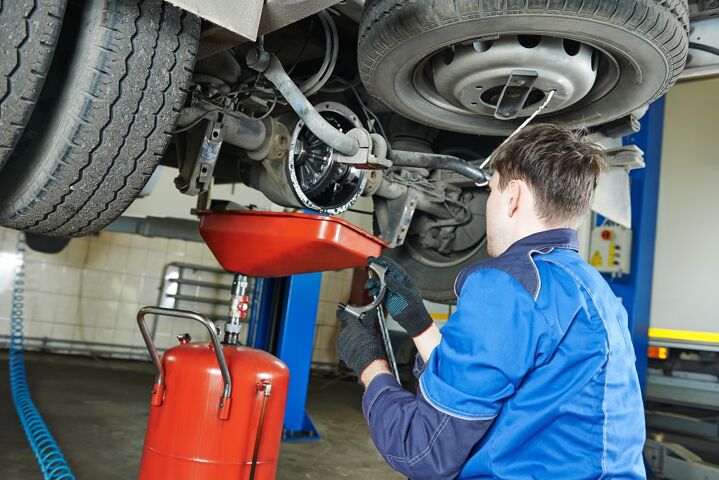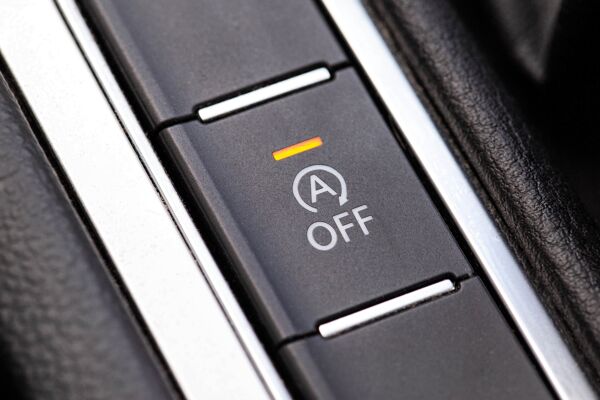
The crucial role of high-performance lubrication i...
Extreme conditions in mining cause wear and downtime. Eurol offers solutions to improve the lifespan and efficiency of machinery.
9 de maio

As a consequence of these stricter requirements, truck manufacturers are engineering more efficient and more economical engines. These developments have a direct impact on the formulations of engine oils. For example, new engine oil technologies reduce friction in the engine, resulting in fuel savings and CO2 reduction. We explore this in more detail in this article.
Trucks need to meet strict environmental requirements, which include limited emissions of harmful substances such as carbon monoxide (CO), hydrocarbons, NOx, and fine particulate. These are governed by the Euro emissions standards. Over the years, these standards have been tightened considerably. The current standard is Euro VI. Compared with its predecessor, Euro V, the maximum limit for the emission of NOx (nitrous oxides) is 80 per cent lower. In addition, the standard also requires a guarantee that emissions will remain low over time.
A new edition of the ACEA specifications is due to be published in the first half of 2021, and we expect that the following will change as a result:
Unlike cars, trucks are not yet subject to limits on CO2 emissions. This is because the situation for trucks is far more complex in view of the many variations of tractor and trailer. This information is currently being mapped in order to determine emissions limits for CO2. There is an open discussion in the European Union about a reduction of 3 per cent by 2030 compared with today (2021), which would be a monumental challenge. This measure would mean that by then, engines would have to use 30 per cent less diesel fuel on average. Some of that reduction can be achieved by improving engine efficiency, but other measures would be needed, including improved aerodynamics, choice of tyres, alternative fuels, and travelling in convoys.
In order to satisfy these increasingly strict standards, truck manufacturers are continuously looking for ways to improve their engines. In addition to modifications to the engines themselves, manufacturers have also introduced post-treatment systems that capture the harmful substances that are released and convert them into less harmful substances. Common post-treatment systems include the particulate filter, which minimises the emission of particulates by capturing it, and SCR or Selective Catalytic Reduction, which converts NOx into harmless substances with the aid of AdBlue. Catalytic converters are also used to accelerate the conversion of harmful substances into harmless substances.
Conventional oil technologies fall short when it comes to offering continuous protection to post-treatment systems as they tend to be too heavy on sulphur, phosphorous, and sulphated ash. Post-treatment systems require what are known as ‘low ’ and ‘mid SAPS, which contain lower quantities of these substances. 'SAPS’ stands for Sulphated Ash, Phosphorus, and Sulphur. This requires other additives than for conventional oils. Sulphated ash is the residue left behind after burning oil. Sulphated ash blocks the soot filter and cannot be removed – in contrast to the captured soot. Some additives contain phosphorous, which can settle in catalytic converters and impede their function. Sulphur, another ingredient in additives, also settles in catalytic converters, as well as on NOx sensors.
The first low SAPS and mid SAPS oil specifications appeared on the market over ten years ago. Today, low SAPS and mid SAPS engine oils are commonplace for the majority of Euro VI engines and satisfy oil specifications that impose reduced saps limits. Examples include ACEA E6 and E9, API CJ-4, CK-4, and FA-4, as well as manufacturer specifications including MB 228.51, Volvo VDS 4, and MAN M3677. In addition, hybrid and electric trucks will occupy a definitive position in the truck world. In the very far distant future, it is expected that today’s combustion engines will no longer be installed in new trucks – the long-term objective is ‘zero emissions’ from trucks.
Fuel savings and, in turn, CO2 reductions can be achieved by reducing friction in the engine. Friction at points of metal-on-metal contact can be prevented with special synthetic base oils and additives (friction reducers).
‘SAE 0W-20 oil with a low HTHS viscosity can produce a fuel saving of three to five per cent when compared to conventional SAE 10W-40 truck oil.’
In addition, lowering the viscosity – particularly at high temperatures and high shear rates (HTHS viscosity) – has the added advantage of reducing the energy required to pump the oil around the system. A HTHS viscosity of 3.5 cP at 150 degrees Celsius was always the lower limit for trucks, but more recent specifications for engine oils (API FA-4 and the pending ACEA F8 and F11) prescribe low HTHS viscosities. The trend currently tends towards SAE 5W-30 oil, while many truck manufacturers have turned their focus to SAE 0W-20. Depending on driving conditions, a SAE 0W-20 oil with a low HTHS viscosity can produce a fuel saving of between three and five per cent when compared to a conventional SAE 10W-40 truck oil.
In the future, additional requirements may be imposed, such as requirements relating to oxidation stability or the use of alternative fuels. Wear protection will also gain increased attention as thinner oils increase the risk of metal-on-metal contact. Just like engine oil, transmission oil is slowly but surely becoming thinner in order to help reduce fuel consumption and lower CO2 emissions. After all, thin oils have less resistance to flow and require less energy to pump them around the system as a result.
Marathol FE 5W-30 and Geo-max FE 5W-30 are low SAPS oils with additional fuel-saving properties. In the foreseeable future, we anticipate being able to introduce SAE 5W-30 oils, which have more fuel-saving properties. These oils will then satisfy API FA-4 (and derived OEM specifications) as well as the anticipated ACEA F8 and F11 specifications (and derived OEM specifications).
The engineers in our Research & Development Centre work constantly to develop and improve products and technologies. We keep a close eye on market developments so that we can ensure that our products have the properties needed to ensure maximum performance.

Extreme conditions in mining cause wear and downtime. Eurol offers solutions to improve the lifespan and efficiency of machinery.

You probably are familiar with the following situation, you arrive at a traffic light and your engine stops running. Fortunately, it turns back on when you want to drive of...

What does a coolant actually do, what are the differences between technologies, and what properties do they have? Why is it no longer possible to make a choice based on the...

Fuel savings, smoother shifting, extended lifespan, and smaller sump capacities: these are the main driving forces for innovations in the field of transmission.

Extreme conditions in mining cause wear and downtime. Eurol offers solutions to improve the lifespan and efficiency of machinery.

You probably are familiar with the following situation, you arrive at a traffic light and your engine stops running. Fortunately, it turns back on when you want to drive of...

What does a coolant actually do, what are the differences between technologies, and what properties do they have? Why is it no longer possible to make a choice based on the...

Fuel savings, smoother shifting, extended lifespan, and smaller sump capacities: these are the main driving forces for innovations in the field of transmission.
